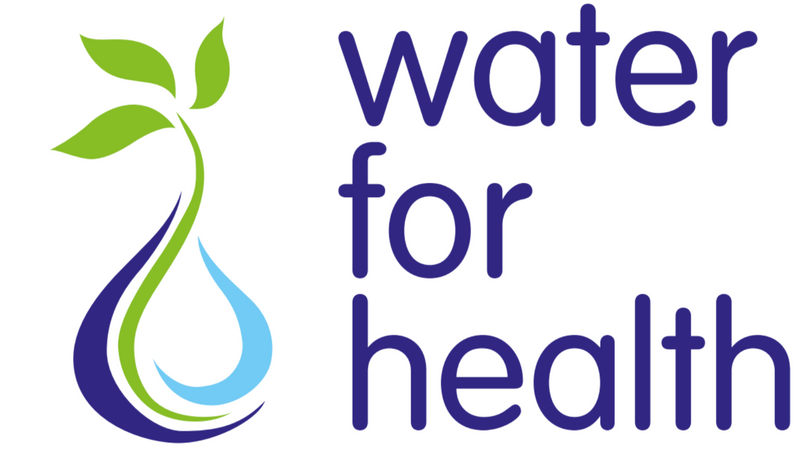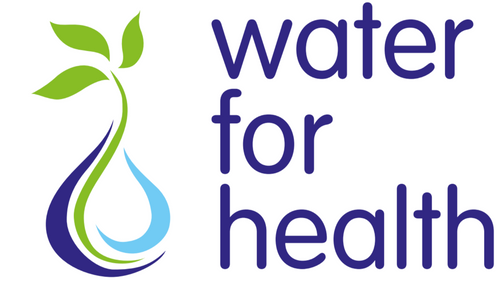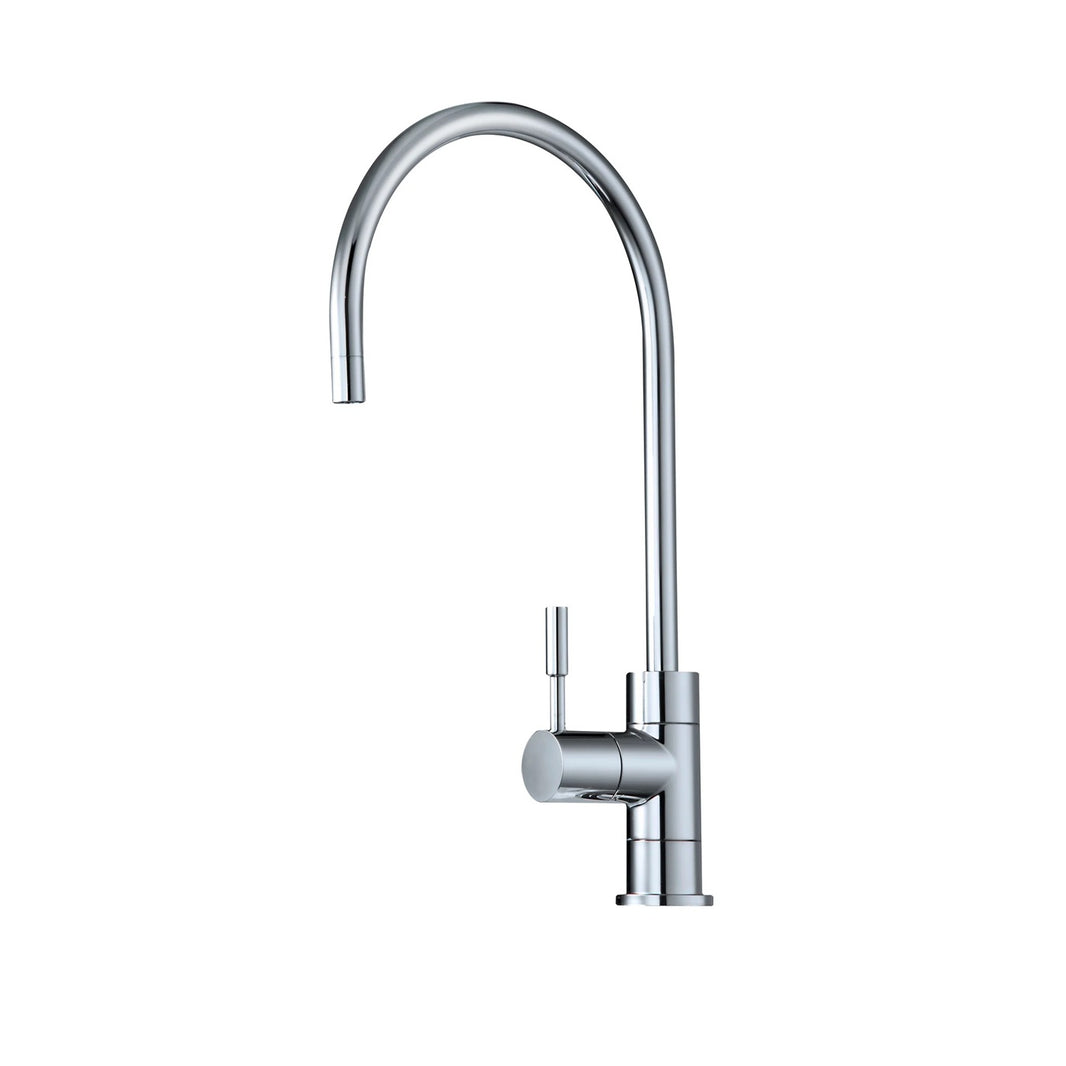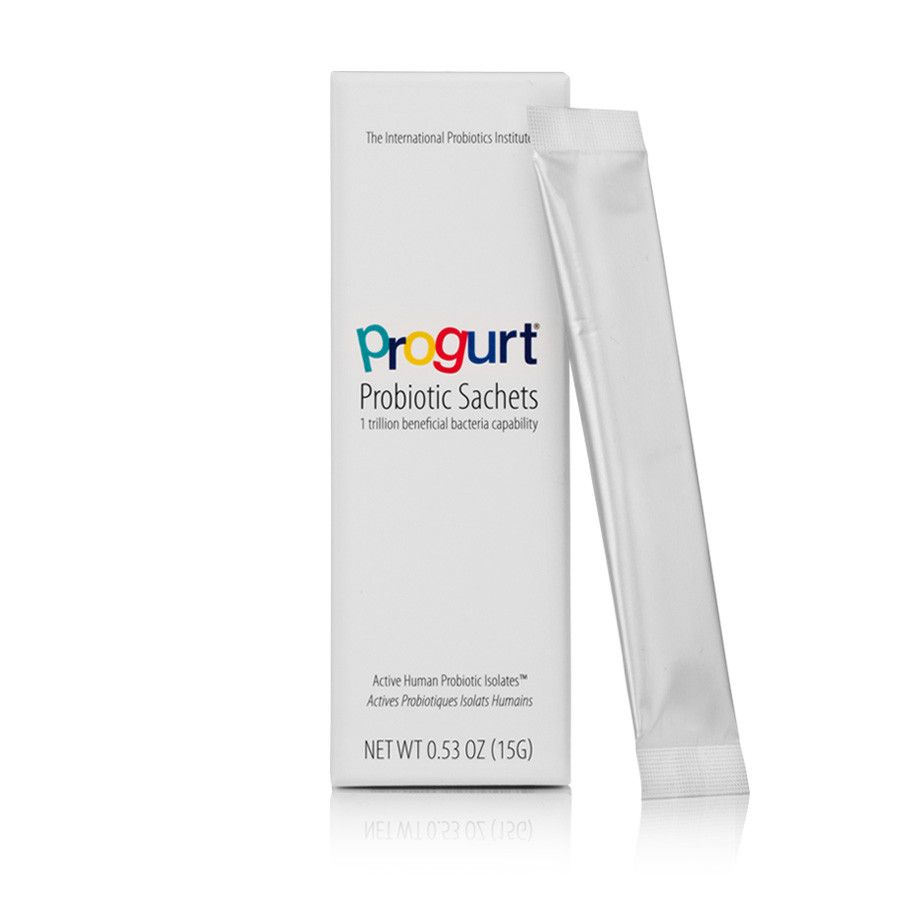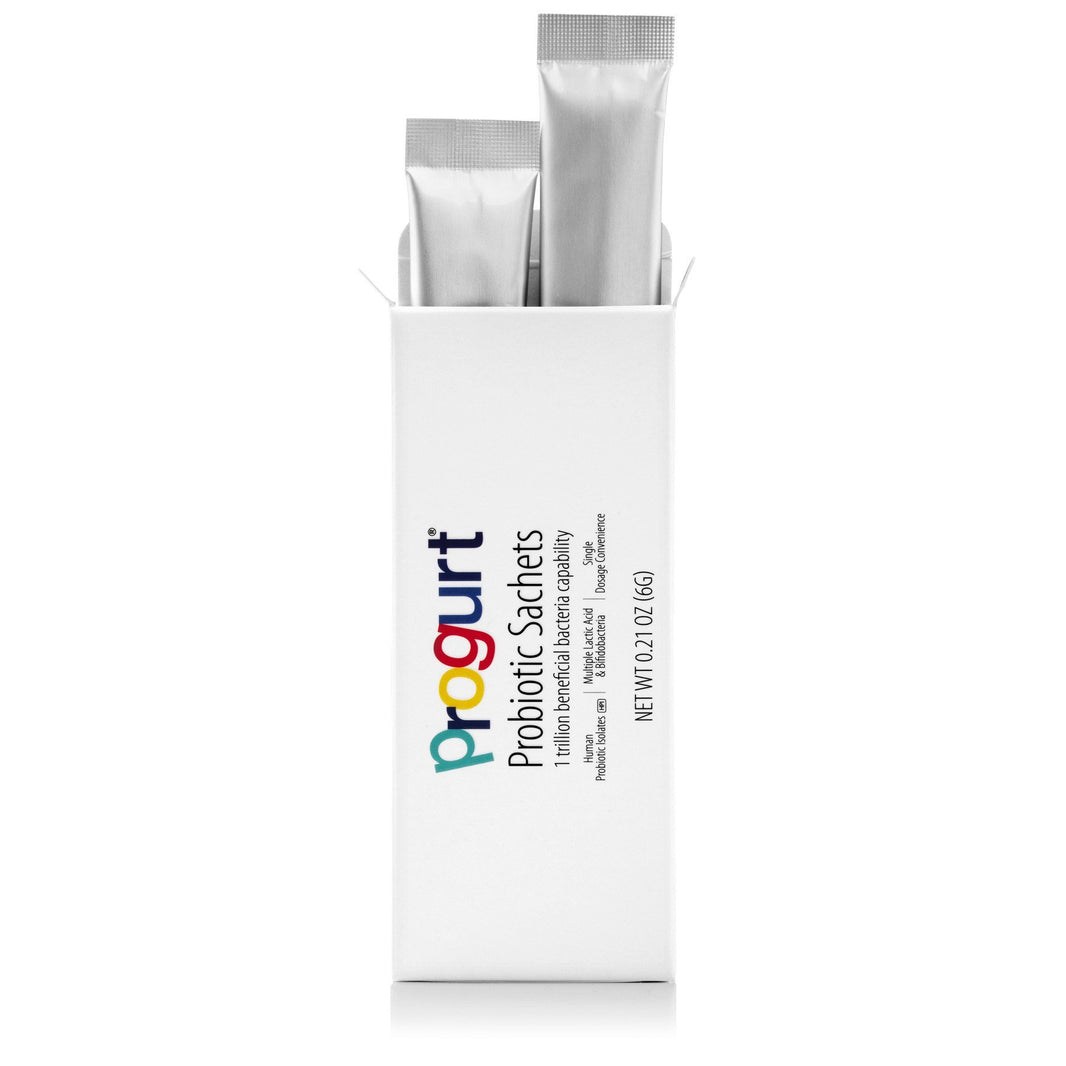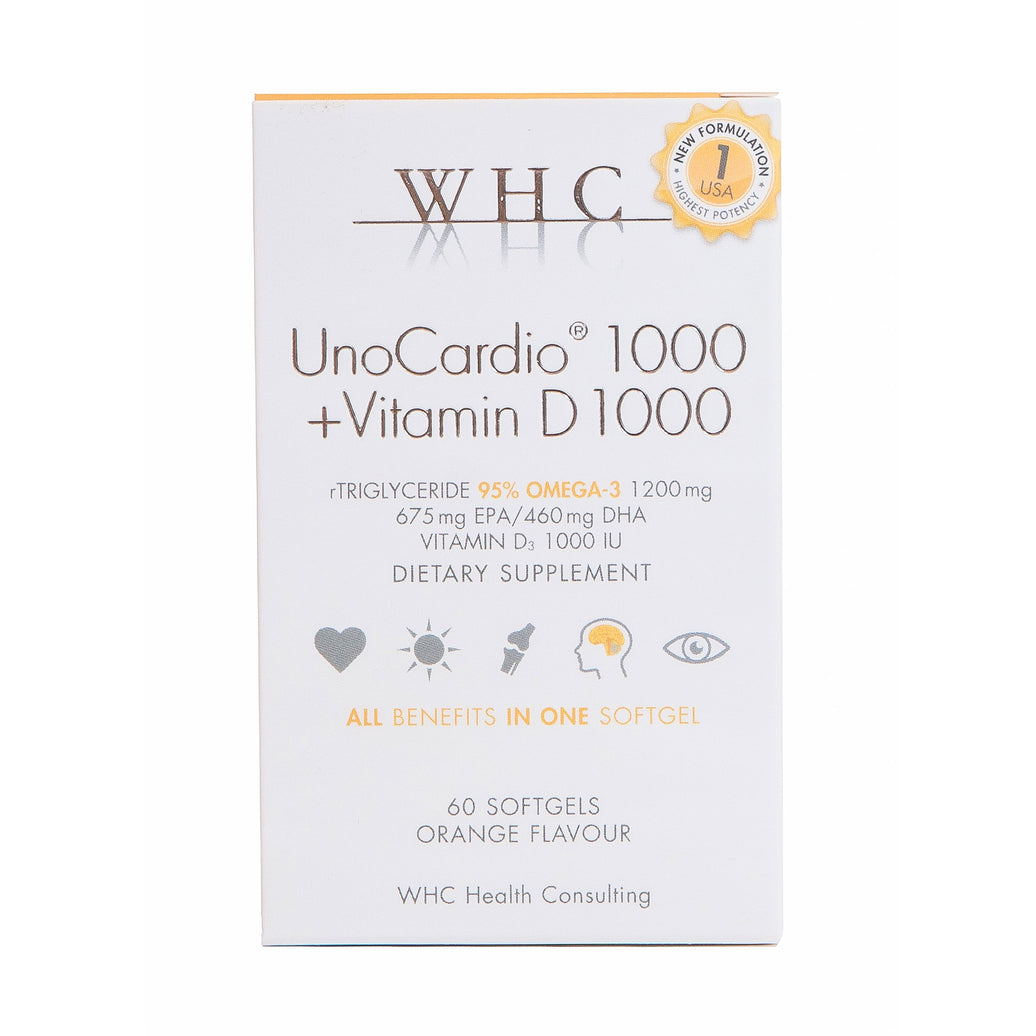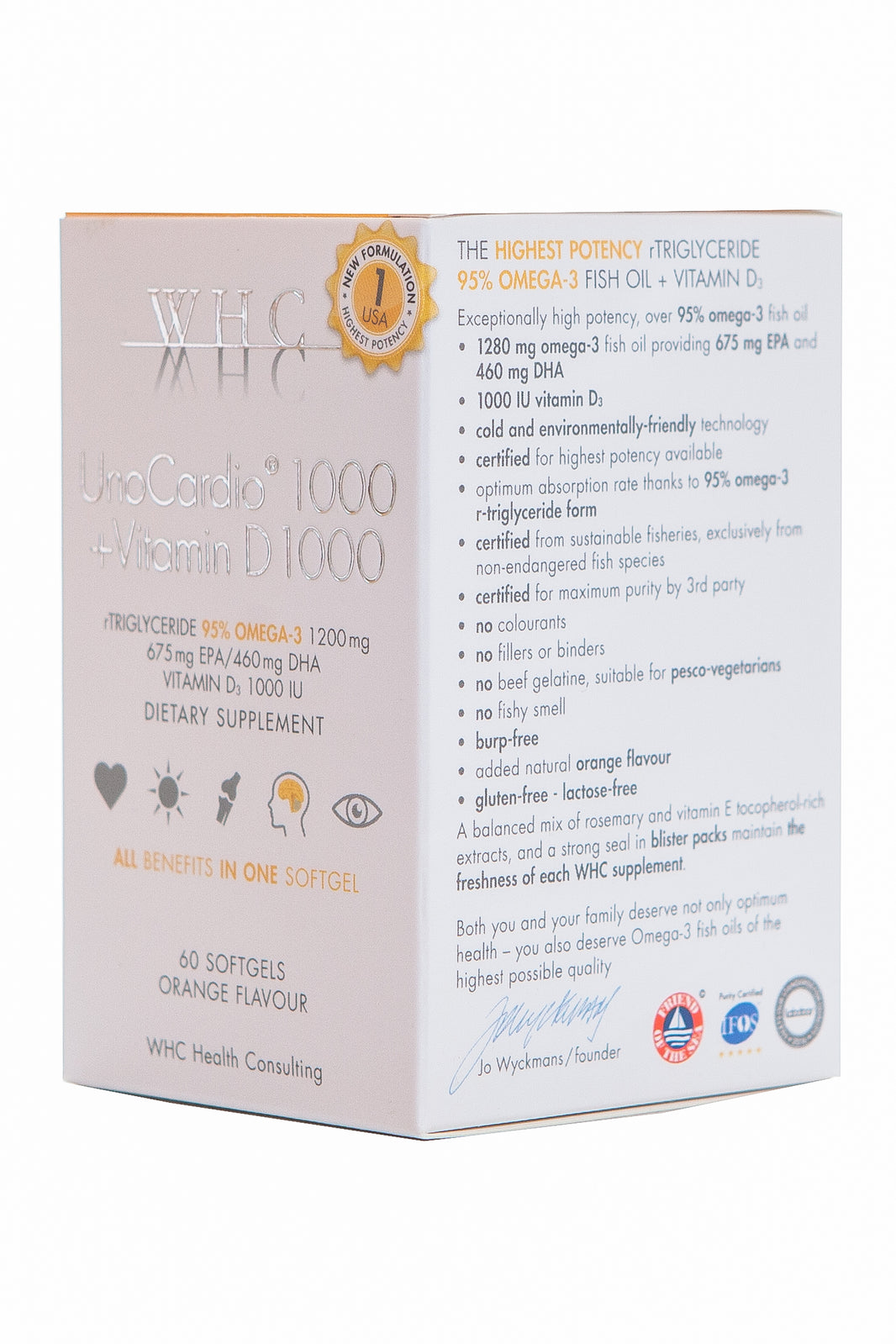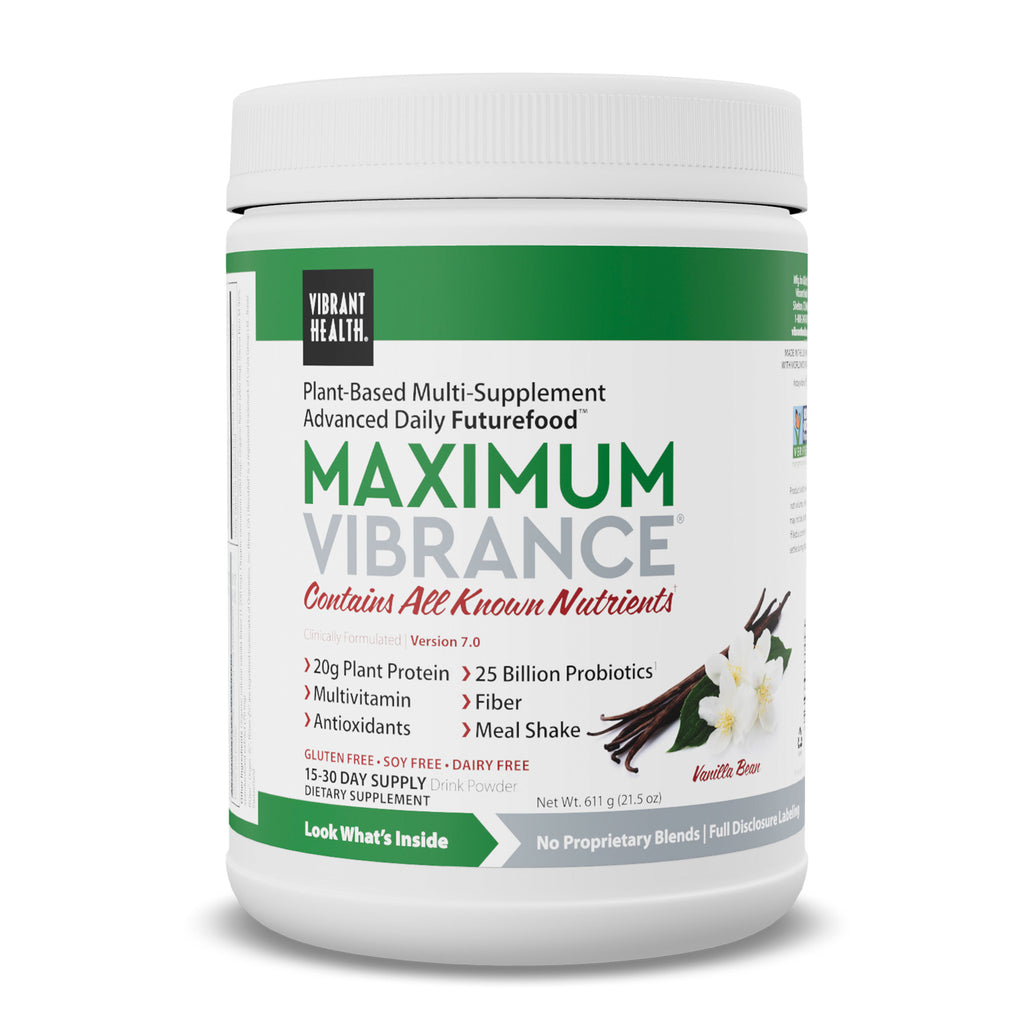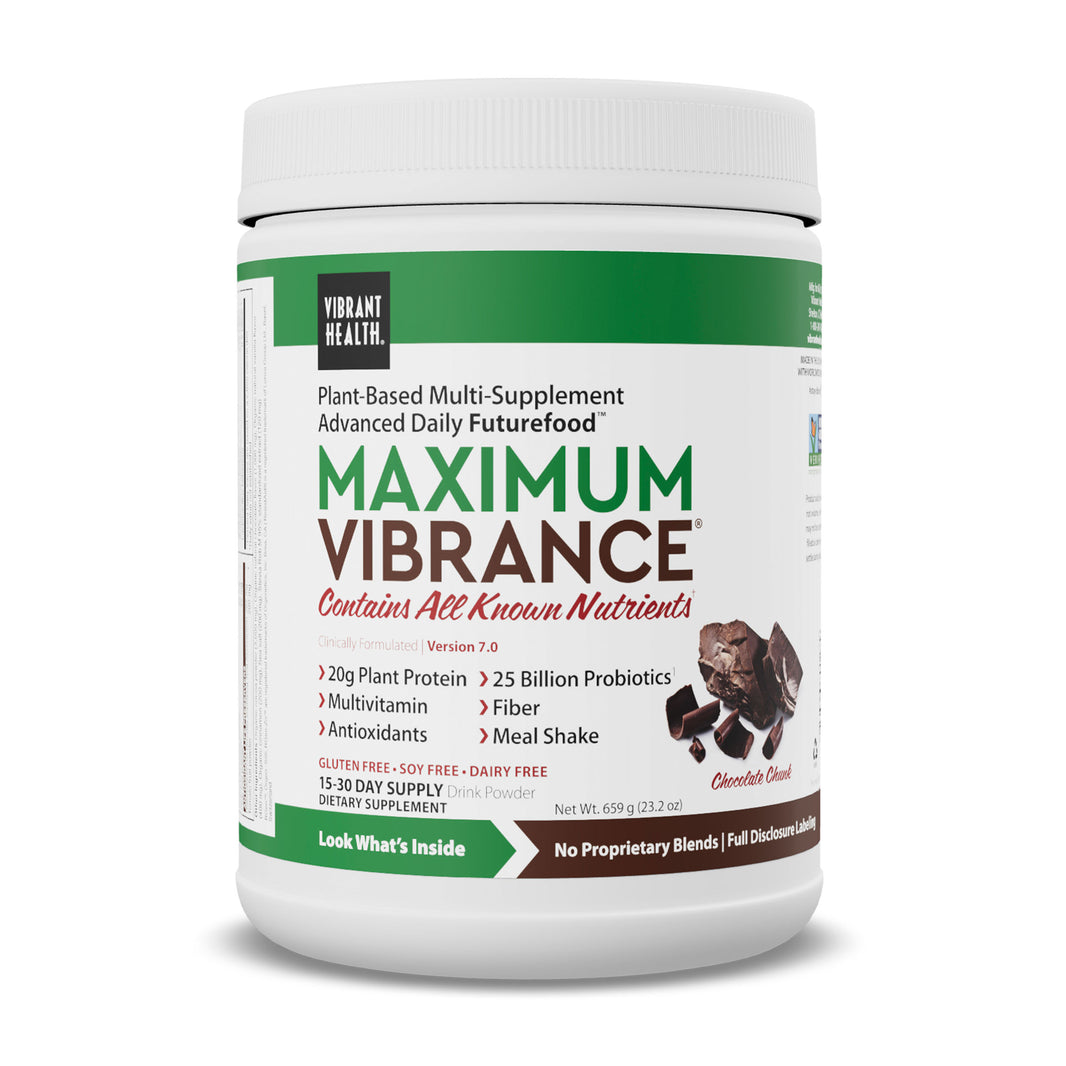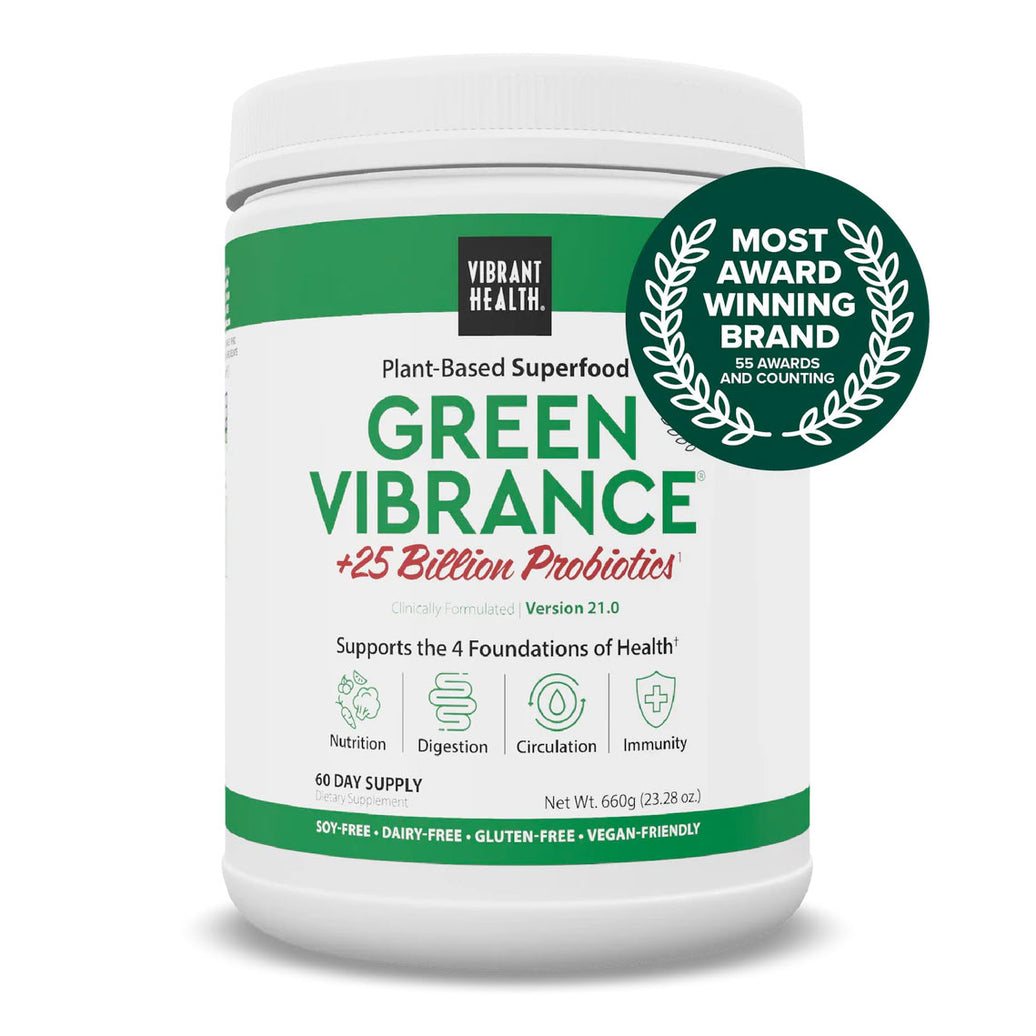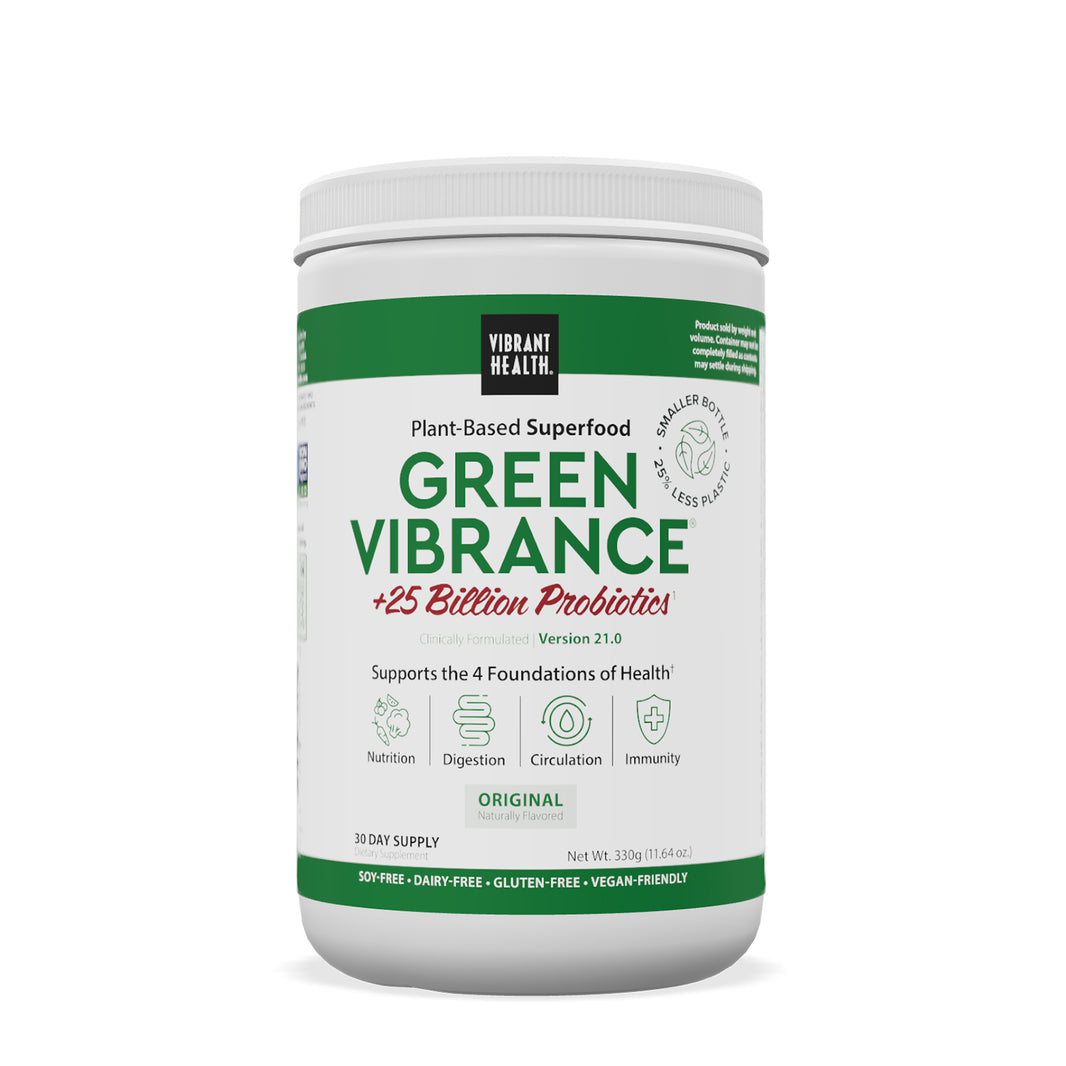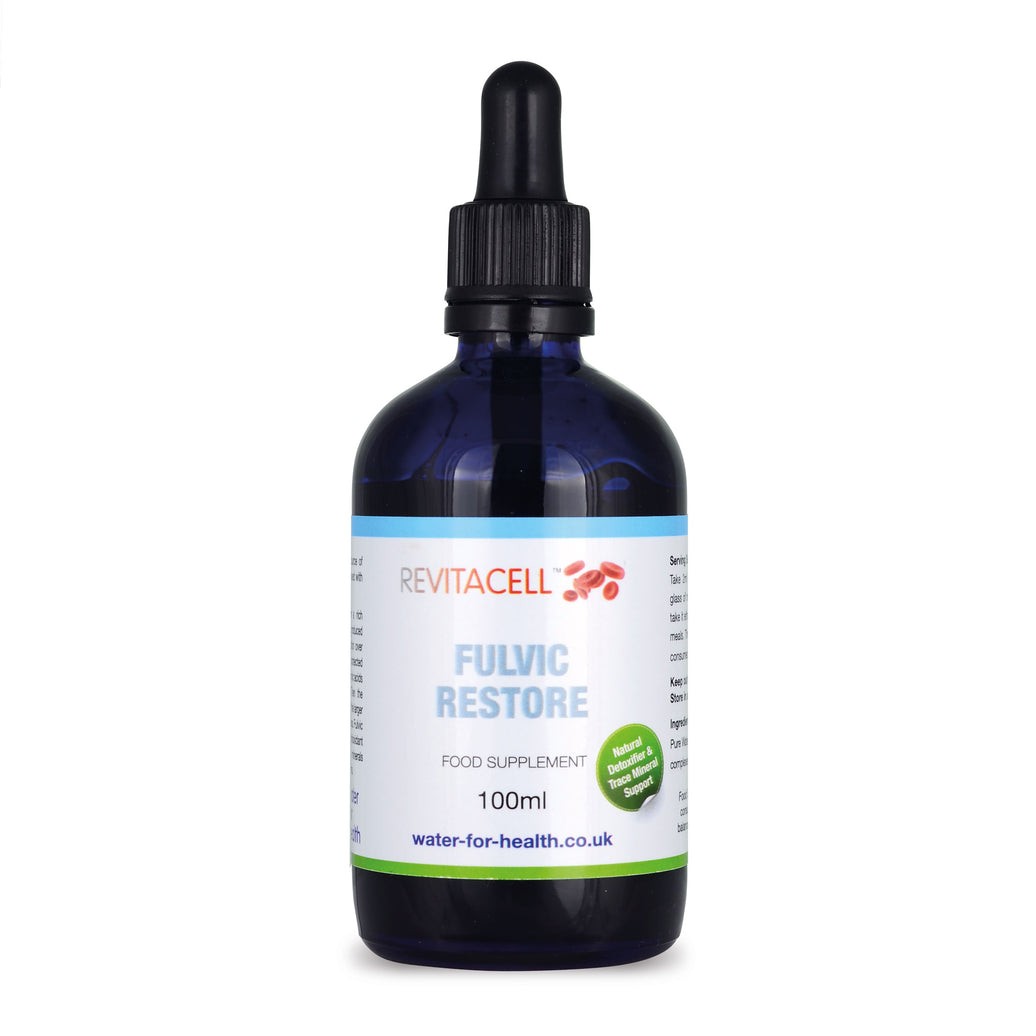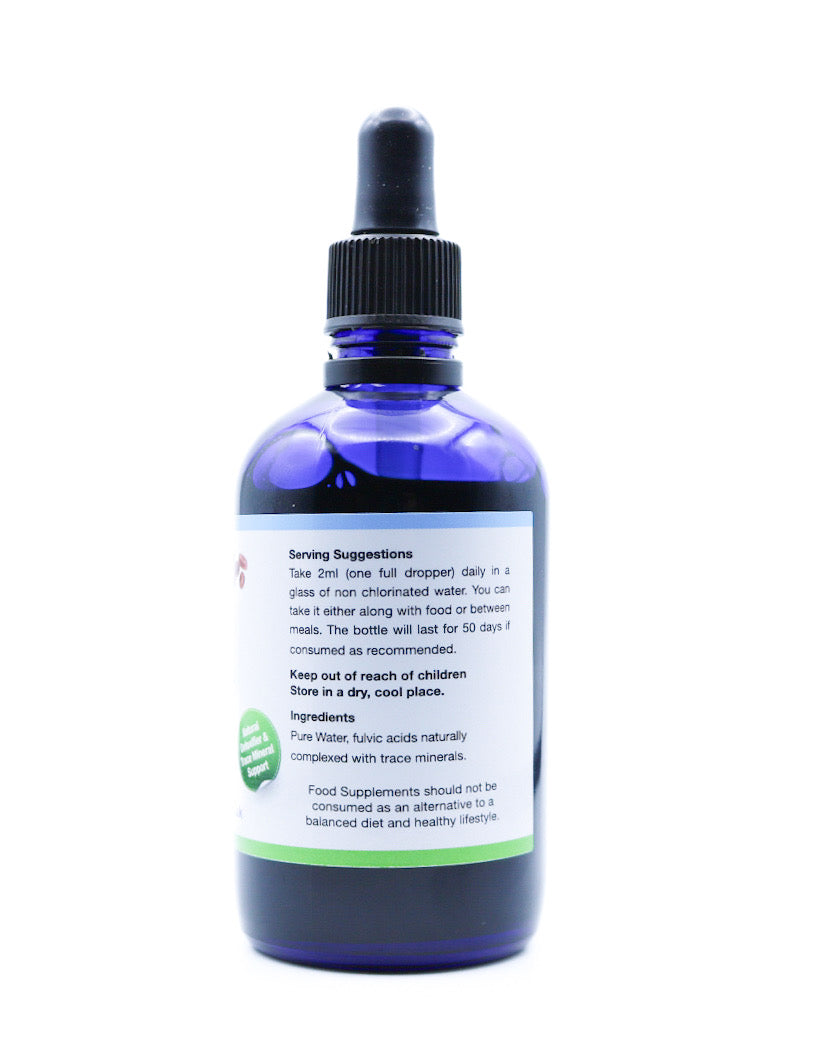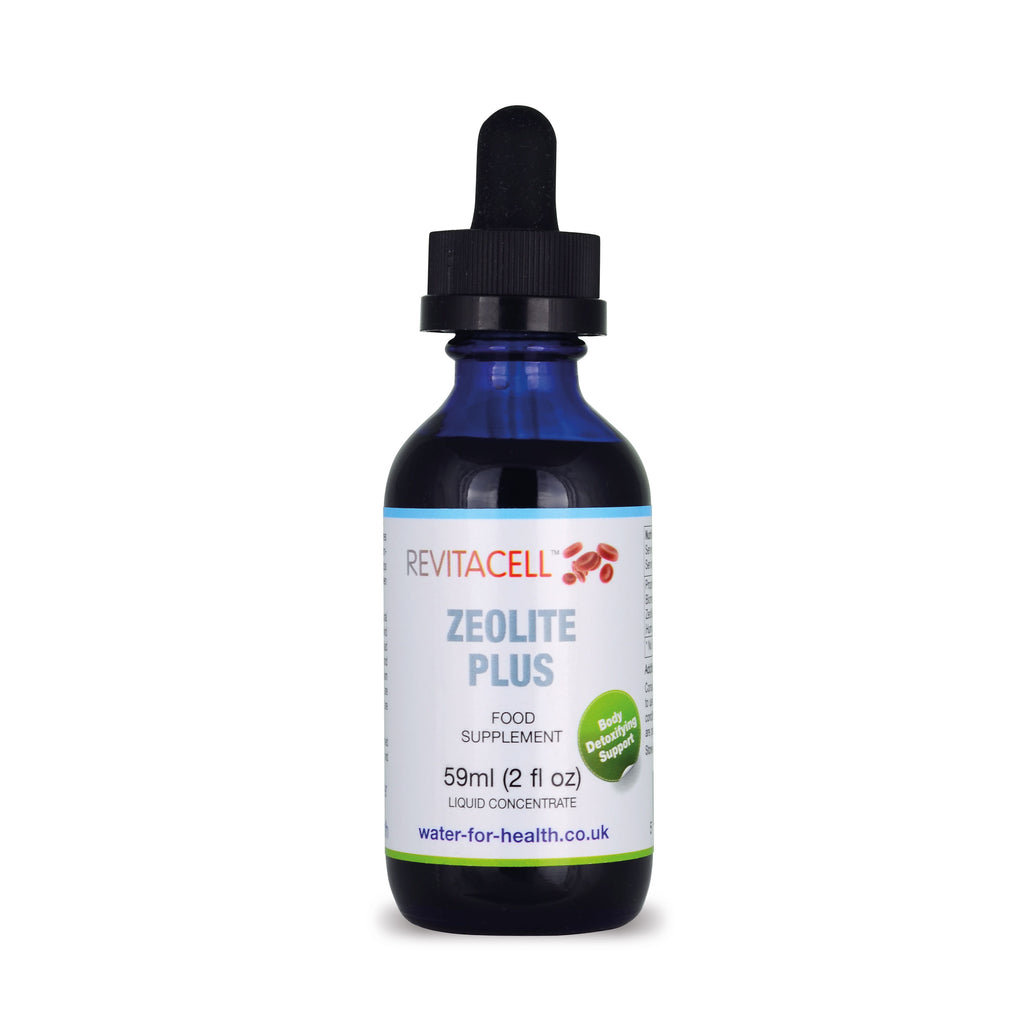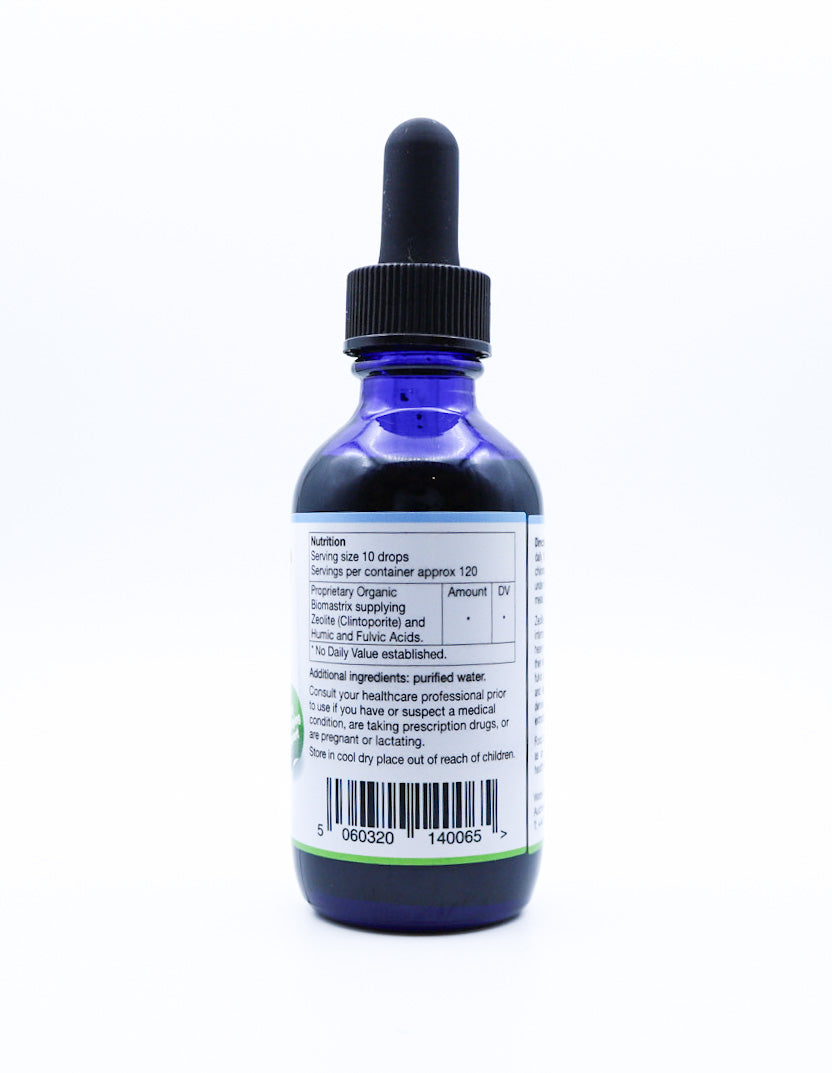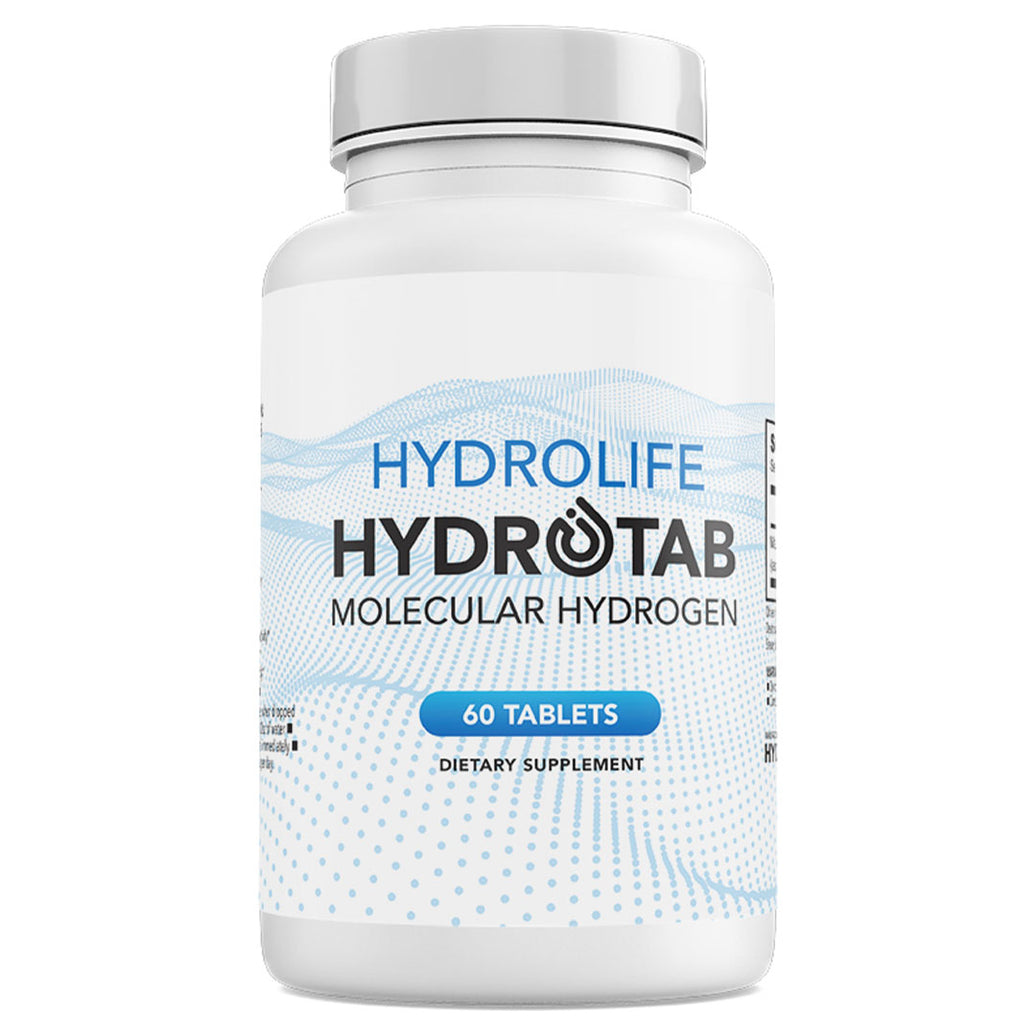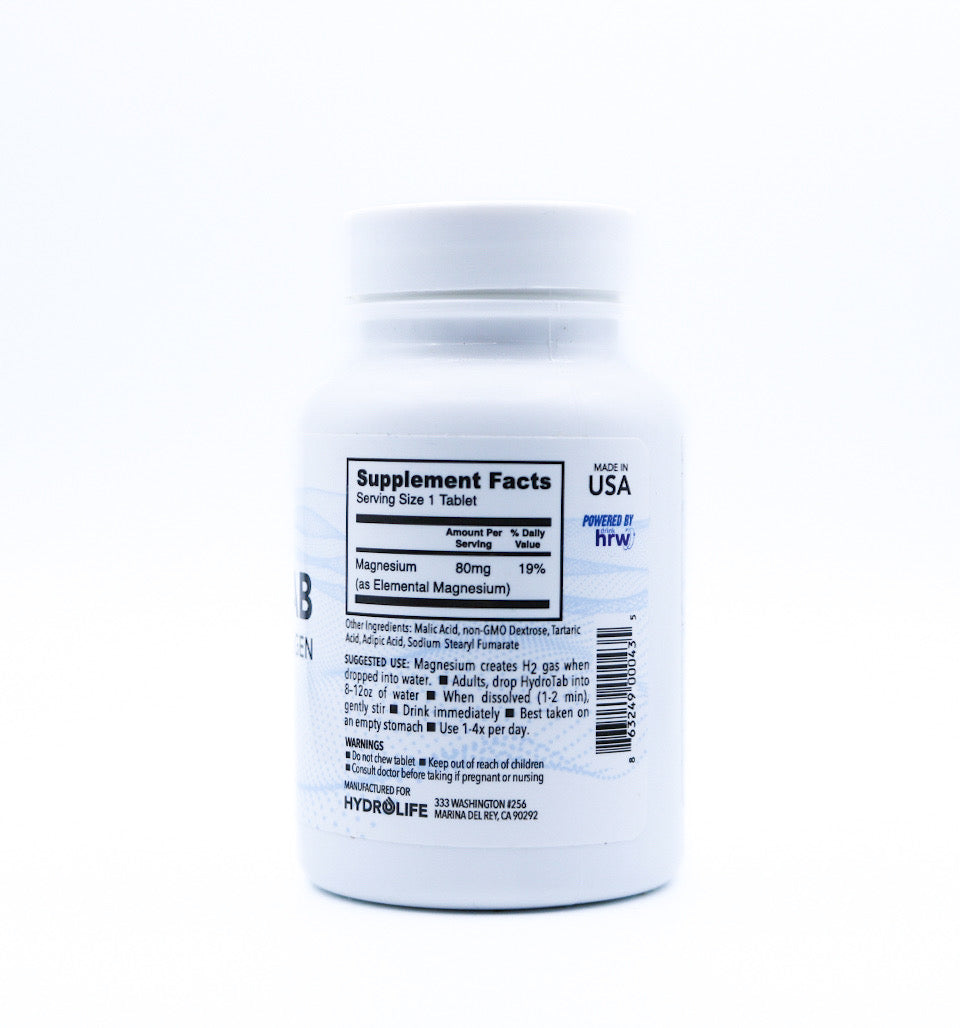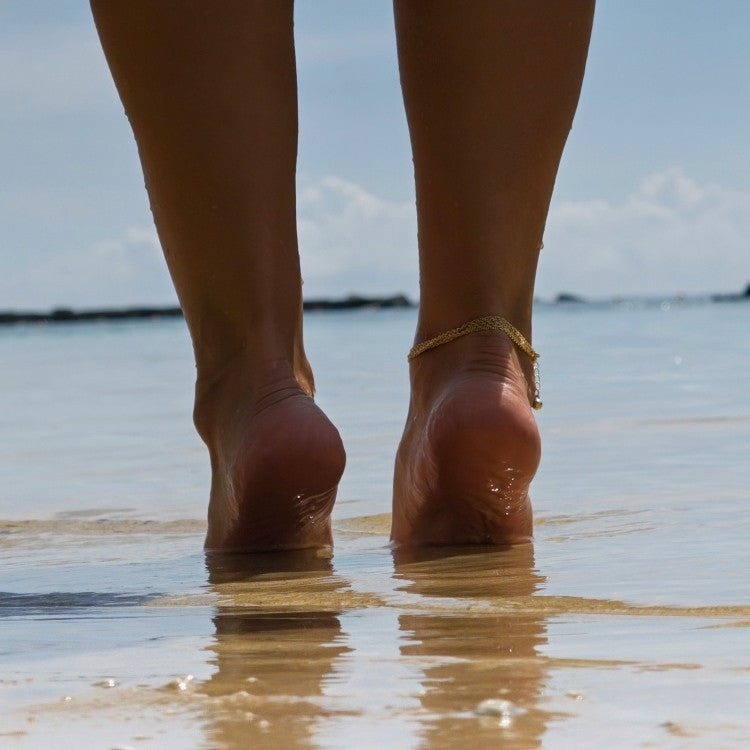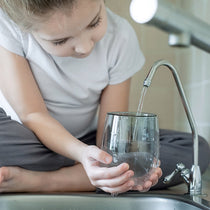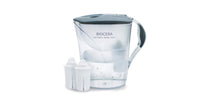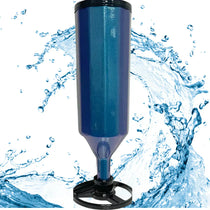If you’re a human being – and we’re making an educated guess on that one – there’s a pretty good chance that you rely on your legs and feet to get you where you need to go.
But how often do you think about the health of your hands and feet? Your heart and brain, sure: but your extremities?
The good thing is, it’s never too early to start taking care of your feet and leg health. Follow these 12 tips to promote healthy legs and feet, no matter what stage of life you’re at.
1. Don’t sit or stand too long at once
You know that prolonged sitting is bad for you because it’s been linked to a variety of negative conditions, namely increased blood pressure, high blood sugar, abnormal cholesterol levels and excess weight.
But standing for too long is also bad for you, as it causes blood to pool in the lower legs.
Whether you stand or sit (or both) at work, take walking breaks at least once an hour to get your body and blood moving and help counteract the effects of being still.
2. Exercise regularly
Regular cardiovascular exercise strengthens your heart, which improves circulation, while strength training exercises such as weightlifting build your bones and fight off osteoporosis.
If you’ve never exercised before, or you can’t engage in more vigorous workouts, brisk walking, yoga and even gentle stretches will still benefit your whole body – including your feet and legs.
3. Follow a healthy diet
An unhealthy diet can cause fat deposits to build up in the linings of arteries, causing them to narrow and harden, which in turn restricts blood flow.
On the other hand, eating a heart-healthy diet replete with vegetables, fruits, whole grains and lean protein sources (while avoiding too much sugar and fats) will keep your body well-balanced and your arteries healthy.
4. Watch your weight
If you’re overweight or obese, the extra weight puts a lot of stress on your lower body (after all, we walk around on our feet, not our hands).
Trying to keep your weight at a healthy level, or trying to lose weight if you’re not there yet, will further contribute to your lower body health.
Eating a healthy diet and exercising regularly, both mentioned above, will help you maintain or lose weight, and in the process help to maintain the wellbeing of legs and feet.
5. Quit smoking
Smoking is bad for your health on multiple levels, including your feet and legs. Smoking narrows blood vessels in the skin, damages the lining of arteries and decreases blood flow to extremities, especially the feet.
Smoking also increases your risk of developing other medical problems such as cancer and kidney disease. If you currently smoke, come up with a plan to quit and marshal your resources.
6. Put your feet up
Yep, that’s right: you’ve got permission to lie down, elevate your legs and rest for 20-30 minutes a day.
By elevating the legs above the level of the heart, you encourage blood and other fluids to gently drain back towards your core instead of pooling in your legs.
This helps fight off swelling, varicose veins and other issues that can result from fluids pooling in your feet and legs.
7. Use compression gear
Compression socks can also encourage your blood to keep moving while you’re still upright, making them ideal gear to wear while you’re standing or sitting at work, or otherwise going about your business.
Compression gear also helps combat swelling, which is why it’s recommended for pregnant women, athletes and others who experience a lot of fluid retention in their lower body.
8. Wear supportive shoes
There’s no denying that high heels make your legs look great, but they’re terrible for your feet and legs and put a lot of pressure on your arches and veins.
Simple flats are better because they don’t have a heel, but they won’t supply the support you need.
Try to limit the number of times you wear heels, and invest in supportive dress shoes and tennis shoes that will keep your feet happy and healthy.
9. Avoid extended exposure to heat
A hot bath can be great for sore muscles, but if you expose your body to too much heat (such as while sunbathing or sitting in a sauna), it can lead to swelling and cause the veins to dilate too much.
Opting for a cold shower or bath instead will help reduce inflammation and swelling and counteract the effects of hot weather or a long day on your feet, rather than adding to them.
10. Take care of your skin
Your muscles, bones and veins are super important, but you can’t neglect the skin that protects them either.
Keep it clean and well moisturised and be careful if you shave your legs so you don’t nick yourself.
Diabetics are especially prone to skin issues in their feet and lower legs, and should inspect these areas daily for cuts, infections and other health problems.
11. Manage your pain
A non-steroidal anti-inflammatory drug (NSAID) can help temporarily manage pain if you pull a muscle. Alternative natural options for pain management, meanwhile, include magnesium oil, turmeric and omega-3 fish oil.
However, if you’re experiencing chronic pain in your legs and feet, don’t just ignore it, as this can only cause the problem to worsen. Try to identify the cause of the issues. Maybe you’ve been wearing really unsupportive shoes or a lack of exercise is causing your legs to stiffen when you do move.
12. Consult a vein specialist or podiatrist
If you suspect that your foot and leg pains have a medical cause, don’t be afraid to go to the doctor and seek help.
Some chronic conditions such as arthritis are much easier to manage if the signs are caught early, and a fast diagnosis can immensely improve the quality of your life over the long haul (and sometimes help you avoid surgery and other drastic, expensive medical solutions).
Conclusion
There’s no doubt about it: we can all benefit from taking better care of our feet and legs.
Start with one or two of these tips and then build on them to start improving your leg and feet health today, no matter how old you are. Even incorporating one or two of these suggestions could help to alleviate discomfort, improve circulation or strengthen bones and muscles.
This guest article was written by Kaki Zell, the Vice President and co-owner of Ames Walker. When she is not working for the family business, she enjoys running, hiking, travelling, Virginia Tech football and spending time with family and friends.
